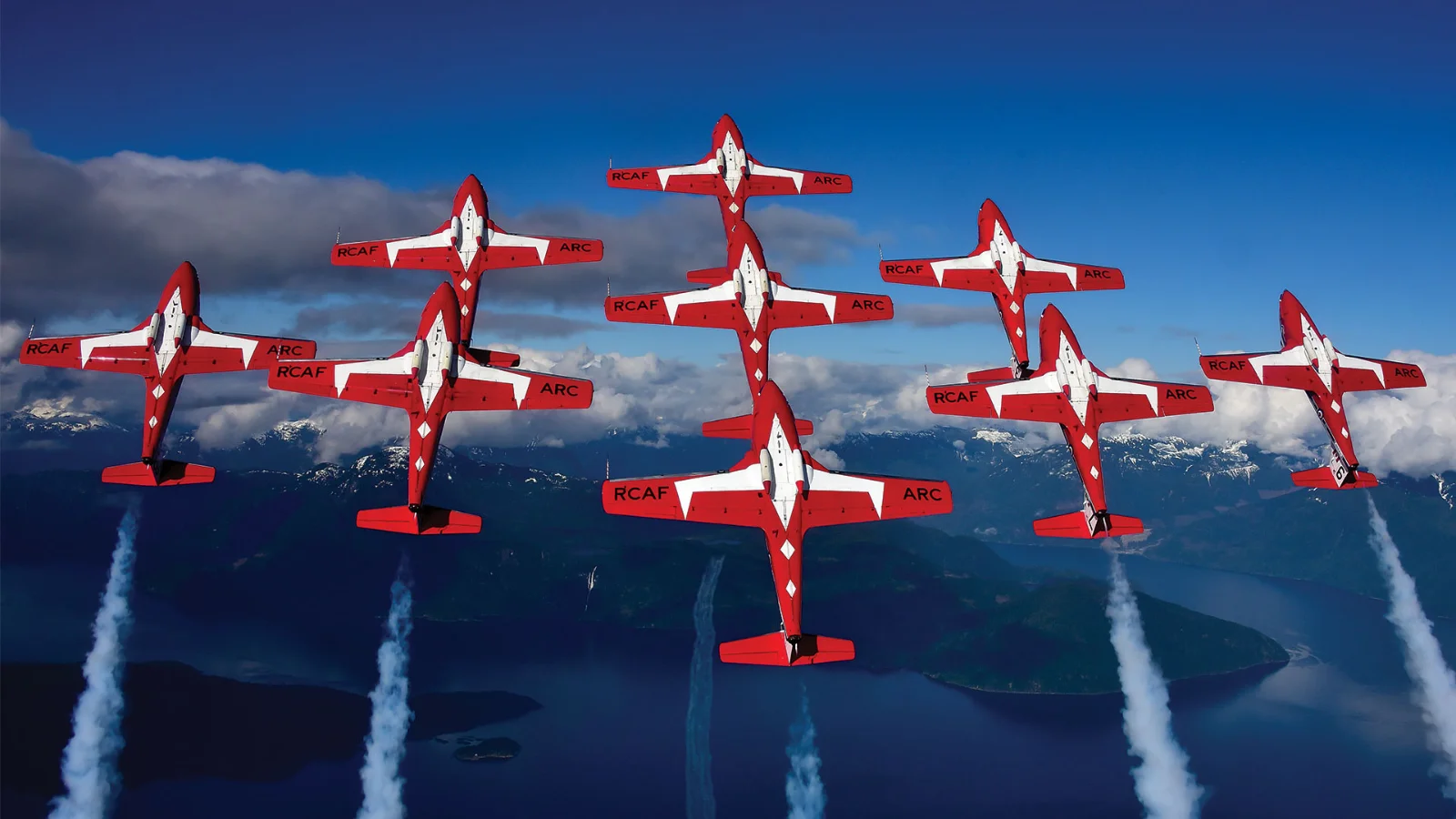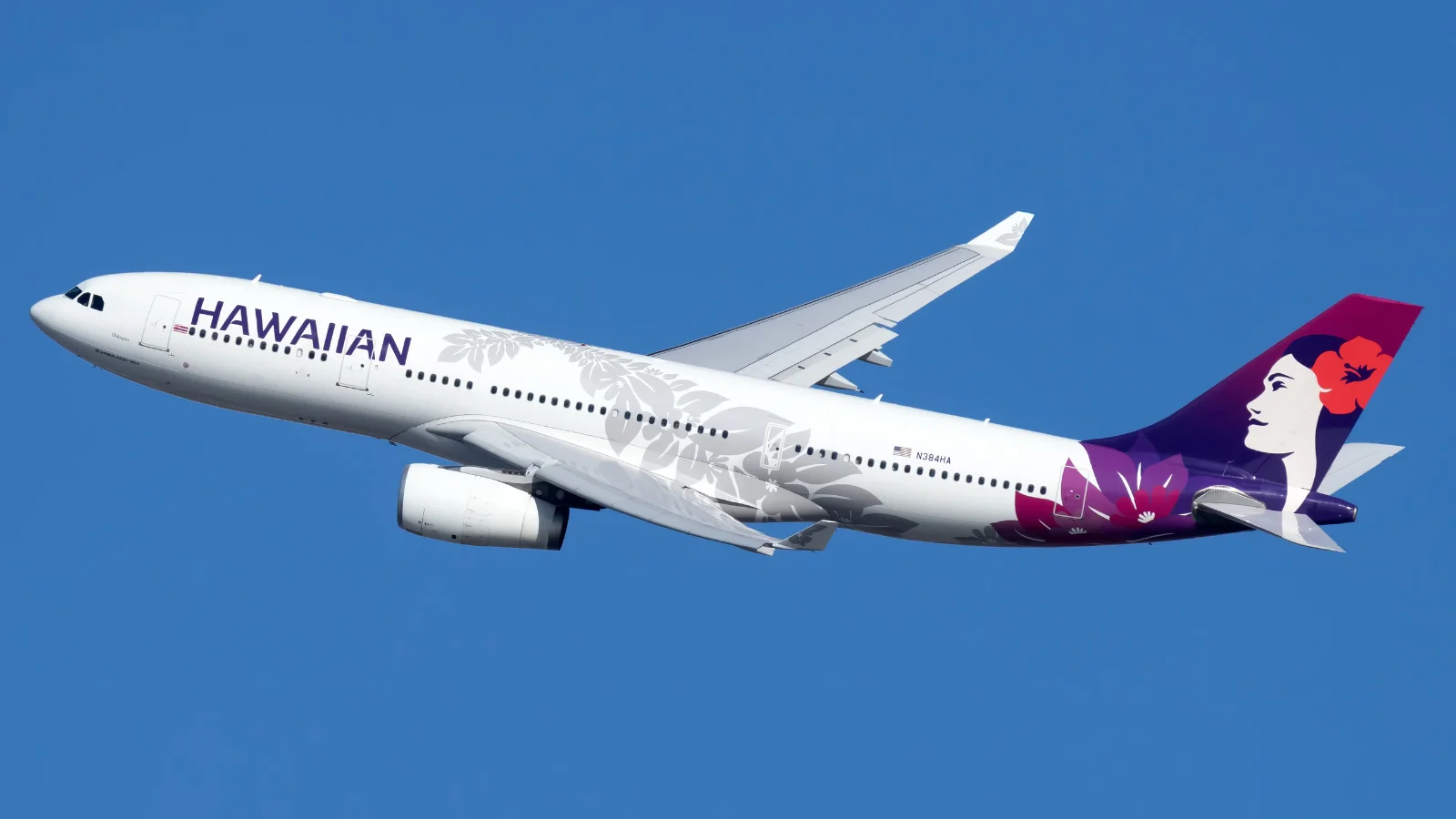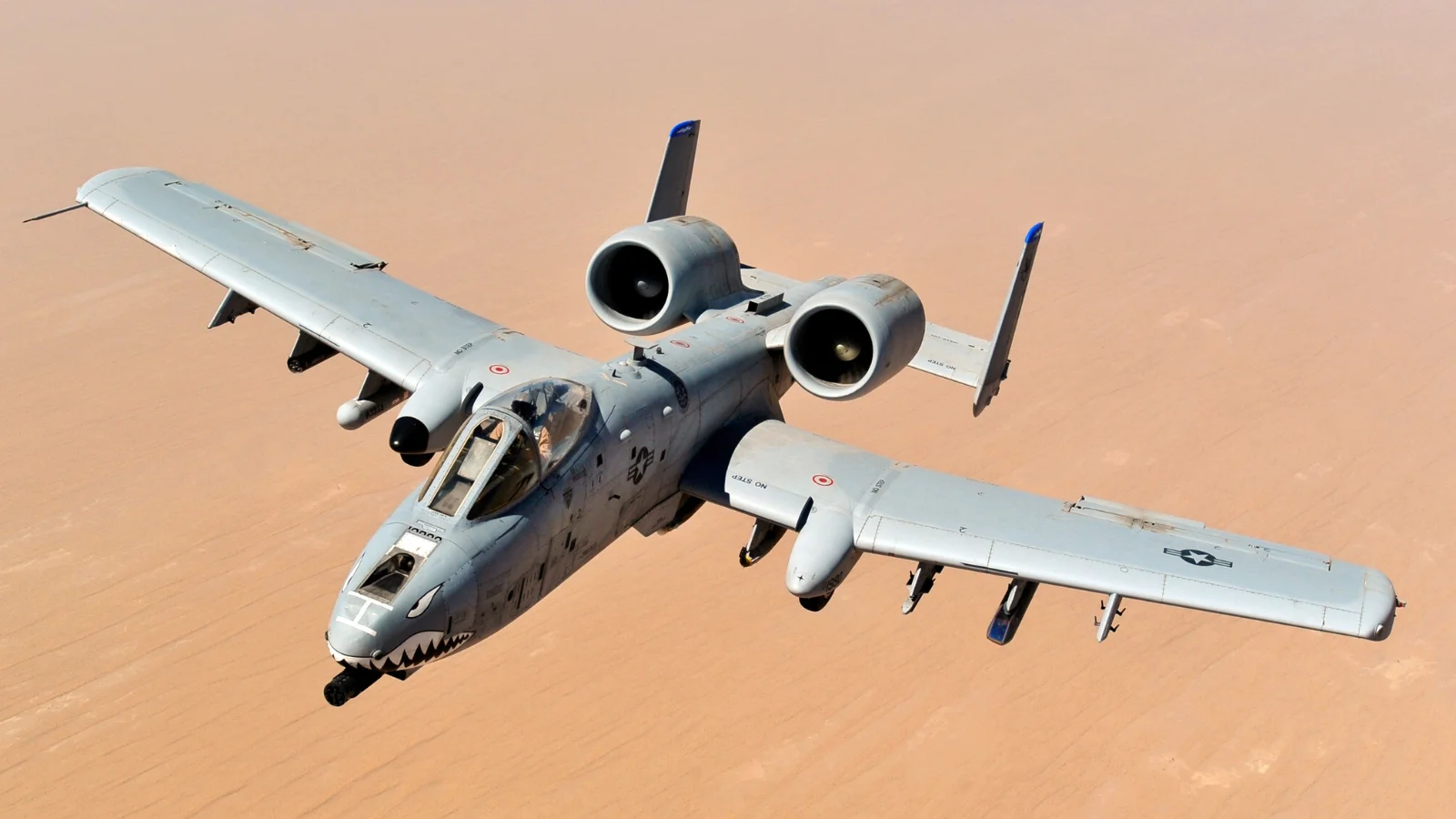In 1922, the United States Army received its first helicopter, the de Bothezat Flying Octopus. While it wasn't the first successful helicopter to serve in the US Army Air Force—that honor went to the Sikorsky R-4B Hoverfly during World War II—it marked a significant step in military aviation history.
The early 20th century was a period of experimentation for aviation, as described by the National Air and Space Museum: "During the early twenties many experimenters in aviation undertook the challenge of making a craft which would rise vertically and hover in the air." This era saw developments ranging from airships to airplanes and eventually rotary aircraft.
The de Bothezat Helicopter was developed by Dr. George de Bothezat, a Russian aeronautical engineer who fled Russia after the 1917 revolution. In June 1921, he signed a contract with the US Air Service to build an experimental helicopter. Vertical Mag reports that "the project to build the helicopter was considered top secret at the time."
 Alerts Sign-up
Alerts Sign-up


























